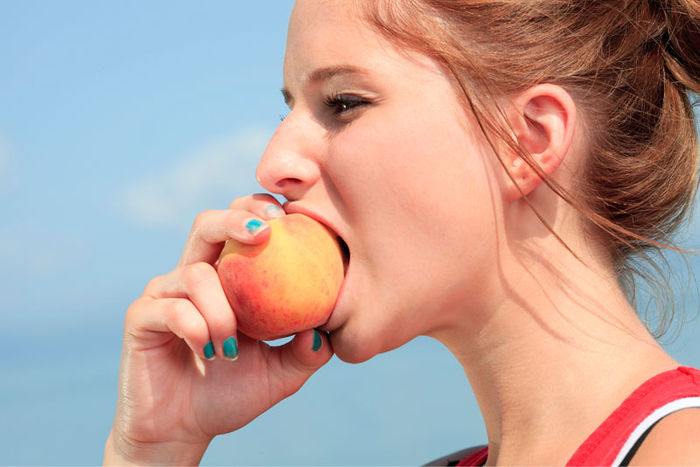If you’ve ever started a new workout program or rapidly progressed an existing exercise routine, you’ve likely experienced the feeling of sore muscles. While some enjoy the feeling of soreness and view it as a sign of a good workout, others may be discouraged and view soreness as a negative response which creates a barrier to becoming more physically active.
The goal of exercising and eating better is to improve and become healthier over time. Emphasizing practice and skills as process goals is an effective way to achieve fitness results without always chasing muscle soreness and exhaustion. Using a similar mindset shift in nutrition can help avoid cycles of restrictive dieting by helping you learn to make food choices and eat in a manner that is enjoyable, keeps you satiated, and healthy.
Use these tips to create process goals and focus on progress, not perfection
Get Better Whether You Get Sore or Not
Delayed onset muscle soreness (DOMS) is typically associated with exceptionally challenging training sessions but it is not always a great marker of a successful exercise program and may not lead to larger and stronger muscles. You can experience muscle soreness anytime muscles are stressed beyond their normal demands without necessarily increasing the total volume or intensity of a workout. Switching and modifying exercises frequently may induce DOMS, but too much variety in exercises can make it more challenging to consistently increase the total amount of work performed in a training session.
Instead of seeking to cause muscle soreness by pushing beyond current fitness and comfort limits, fitness improvements can be achieved by focusing on improving your skills with each exercise and gradually progressing exercise intensity and training volume. Repeating workouts and exercises for multiple weeks allows you to practice doing each exercise with better technique and more control. This results in becoming more efficient with a given exercise, which will allow you to increase the volume or intensity. This, in turn, creates enough stimulus for adaptation and improved fitness, and may help you to avoid DOMS.
Improve Your Fitness Even If You Can Do More
You can also improve your fitness without feeling exhausted at the end of each workout. Training to exhaustion or failure can increase your risk of injury and make it harder to recover quickly. Longer recovery times can reduce the total amount of work you perform in each workout as well as the total amount of training you can achieve over a period of weeks or months.
Rather than performing exercises to exhaustion, maintaining an intensity and volume that is submaximal allows you to focus on other things, such as bracing your core, maintaining good posture and movement mechanics, and proper breathing patterns.
Keeping a few repetitions in reserve while systematically stressing your muscles in a progressive manner can still elicit enough muscular challenge to improve muscular fitness. In other words, exercising at an intensity or training stress that is slightly greater than normal will bring about a positive muscular response and minimize the risk of muscle soreness.
The same holds true for cardiorespiratory exercise. Training at submaximal intensities and volumes allows you to focus on the skills that make you more efficient. This, in turn, allows for greater recovery while you increase your cardiorespiratory fitness, without reaching a point of complete exhaustion at the end of your workouts.
Practice Eating Skills Instead of Diets
Just as many exercise practices can be overly challenging and lead to burnout, so too can many common dieting practices. Diets that restrict entire food groups or limit calories excessively may not be sustainable. These types of diets often don’t fit well into busy lifestyles and rarely account for personal food preferences.
Practicing skills that improve your food choices and eating habits is a more sustainable approach that allows you to maintain health and performance without restrictions. For example, developing skills such as grocery shopping and list-making can help you to keep more nutritious foods available and at the ready, which makes it easier to make positive choices.
Eating more slowly and mindfully is also an effective strategy to increase your satisfaction with meals so that you feel less hungry prior to your next meal. Practicing skills such as turning off screens and other distractions while eating, putting your utensils down between bites of food, and utilizing all of your senses can help you to consume more appropriate portions without feeling like certain foods are off-limits.
Celebrate the Practice for Continued Progress
Process goals encourage you to focus on the practices that lead to the results you seek to achieve. Placing more emphasis on improving skills you can practice instead of outcomes like soreness or fatigue is one example of prioritizing process goals in your fitness endeavors.
As you level up your various exercise and nutrition skills, you’ll become more efficient and able to challenge yourself to make even better choices. Your health and fitness results will follow the improvements in your skills without constant discomfort and eliminating your favorite food groups.
 by
by 








